20 Signs Your Child’s Learning Style is Different
Each child processes knowledge differently, and sometimes, old-fashioned teaching methods do not work. If your child has trouble learning in a typical setting, it could mean they have a different learning style and need other methods.
- Tricia Quitales
- 7 min read
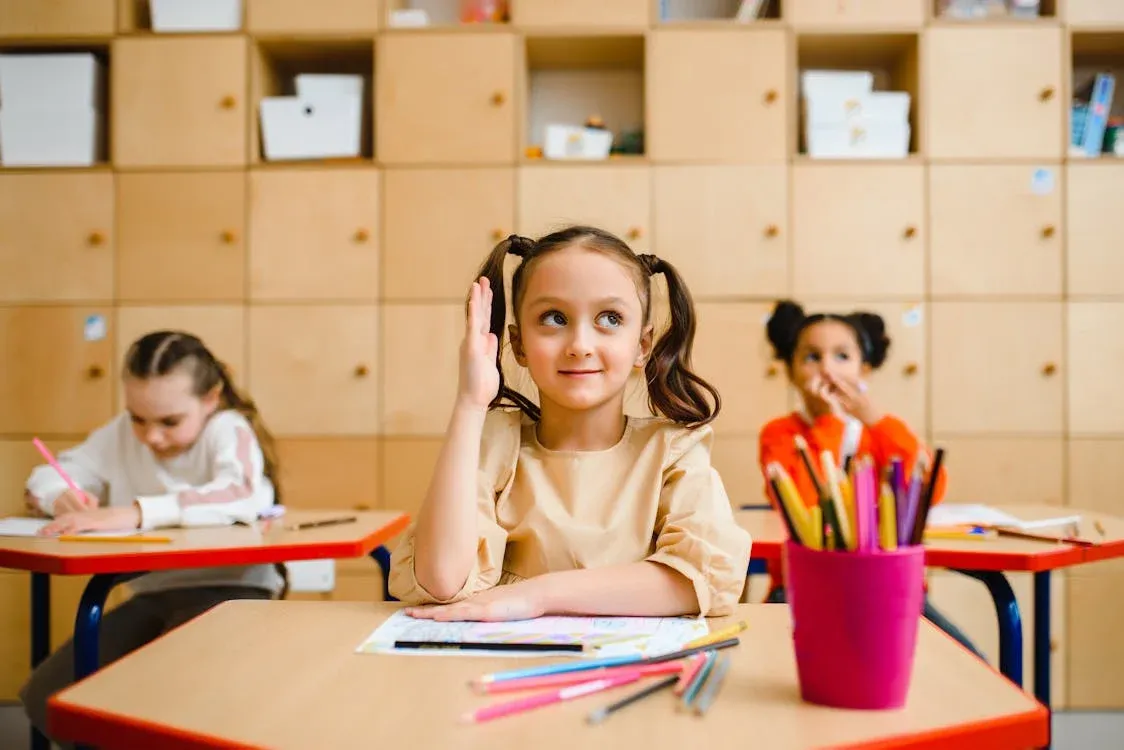
All kids are different, and so is the way they learn. Some kids do well in traditional classrooms, but others might need to try something new to learn and remember things. If you know how to spot the signs that your child learns differently, you can help them grow academically and personally. If parents and teachers know these signs, they can change how they teach and work with kids to help them reach their full potential and love learning.
1. They have trouble with regular worksheets
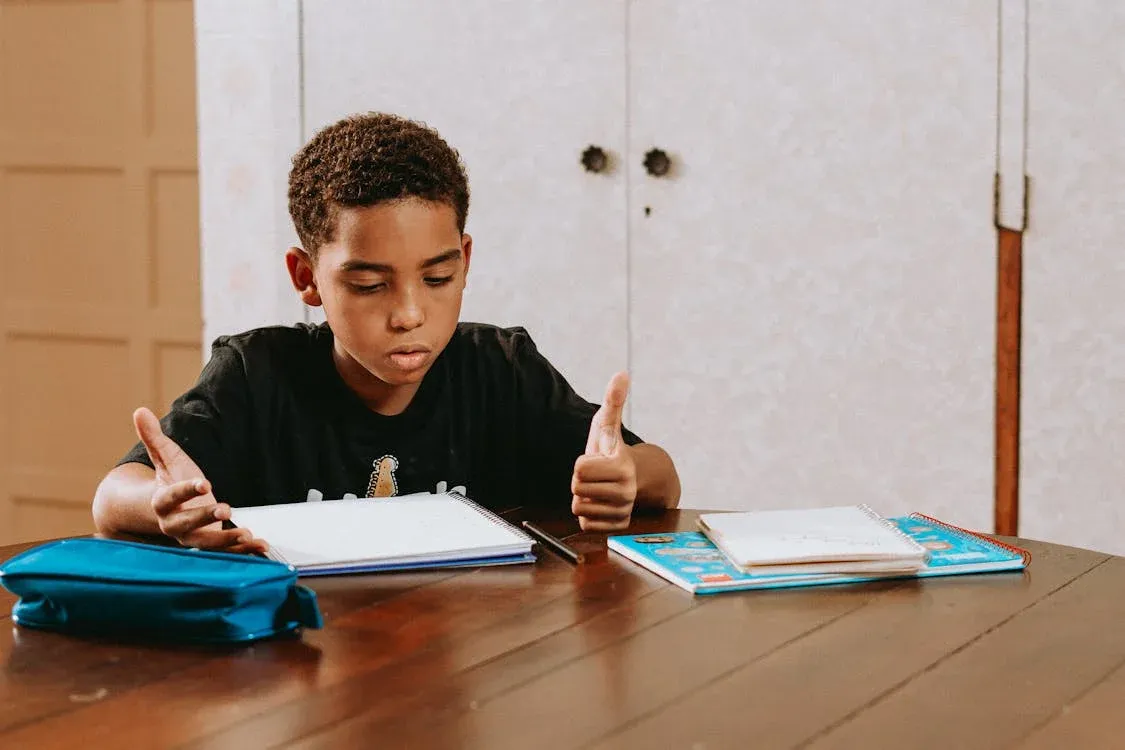 SAULO LEITE on Pexels
SAULO LEITE on Pexels
If your kid has a lot of trouble with homework or other paper-based work, they might need to learn better by seeing or writing things. They might do better with hands-on activities or methods that let them connect with the teacher more. Some kids need to be able to touch the things they are learning to understand them.
2. It’s easy for them to get distracted in class
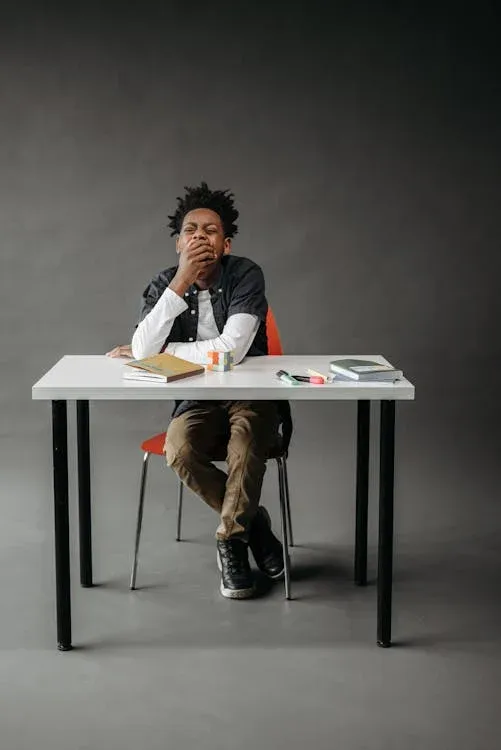 Pavel Danilyuk on Pexels
Pavel Danilyuk on Pexels
If a kid easily gets distracted in a classroom, they might need to do better in a traditional setting with a lot of sitting and reading. They might learn best by doing, so they might need to move around or do something active to focus. People often mistake this for being unable to concentrate or having behavior problems.
3. They like to do things to learn
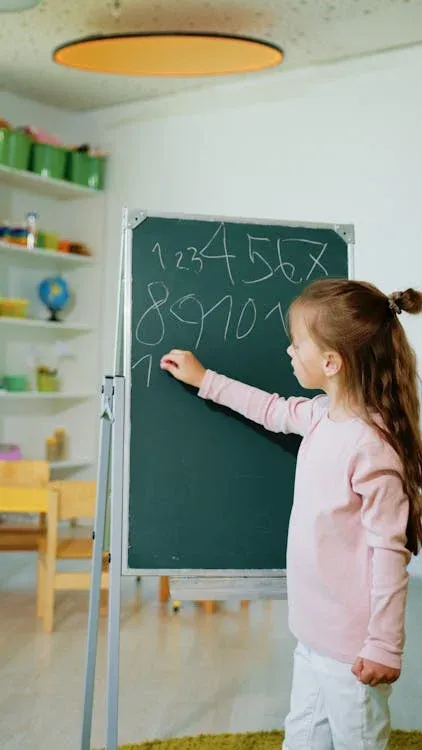 Artem Podrez on Pexels
Artem Podrez on Pexels
Needing to do one thing to learn about it means that your child might be a kinesthetic learner if they like to build, experiment, or use real-world items to understand ideas. They think doing physical tasks or experiments is the best way to remember things. They might need to improve with directions that are heard or seen.
4. They remember what they see well
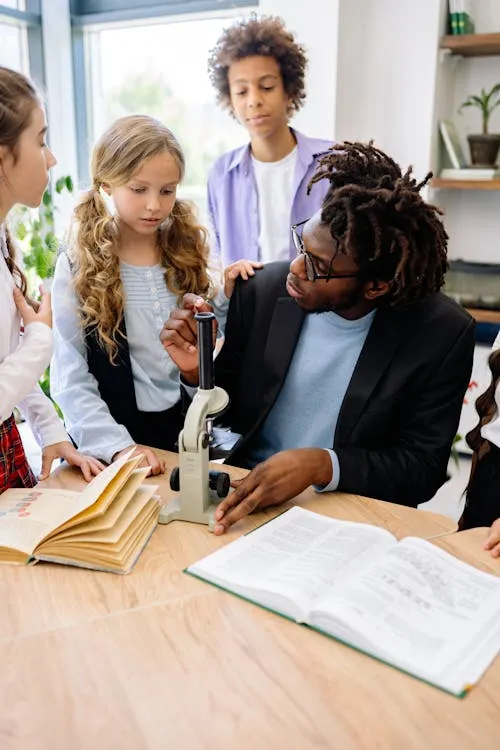 Yan Krukau on Pexels
Yan Krukau on Pexels
Some kids can remember things very well just by seeing them. Your child may be a visual student if they remember pictures, charts, or diagrams better than you say. When people can “see” the information, like in movies or color-coded notes, they often do better with it.
5. They learn best with tools that let them hear
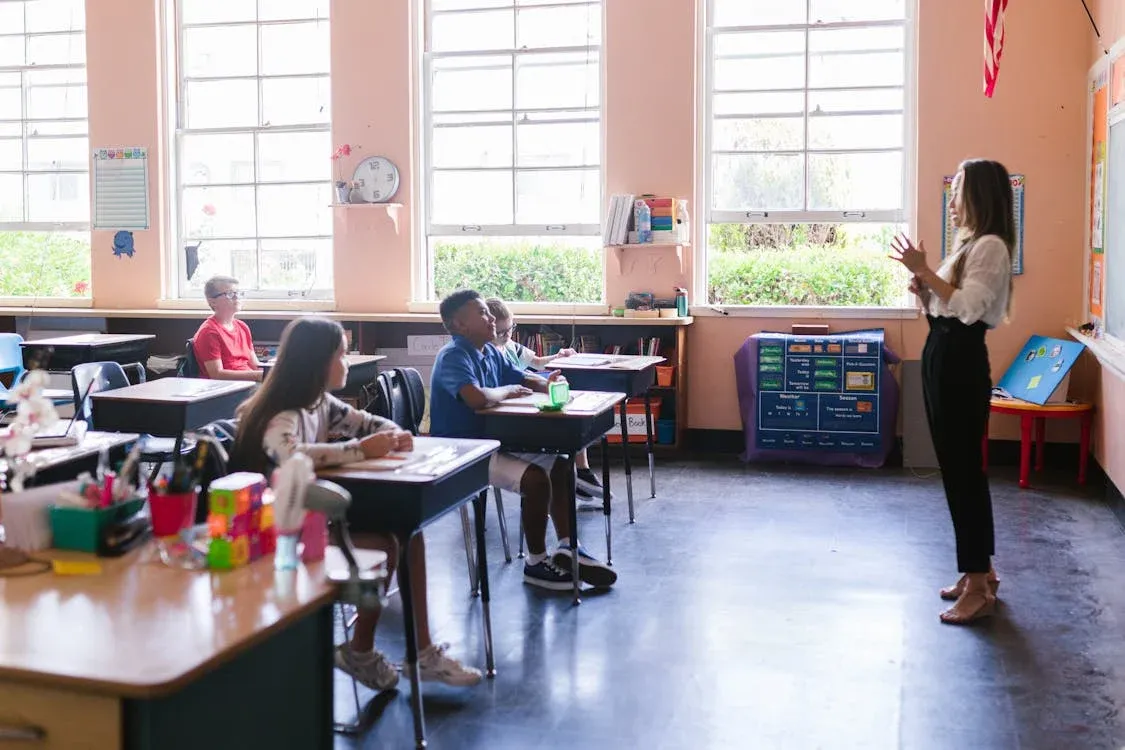 RDNE Stock project on Pexels
RDNE Stock project on Pexels
If a child responds well to spoken words or likes to listen to stories, podcasts, or lessons, they may learn best by hearing. They might remember things better if they listen to them than if they read or watch them. They might remember things better if they use podcasts or record lessons to listen to at home.
6. They Want to Know A Lot
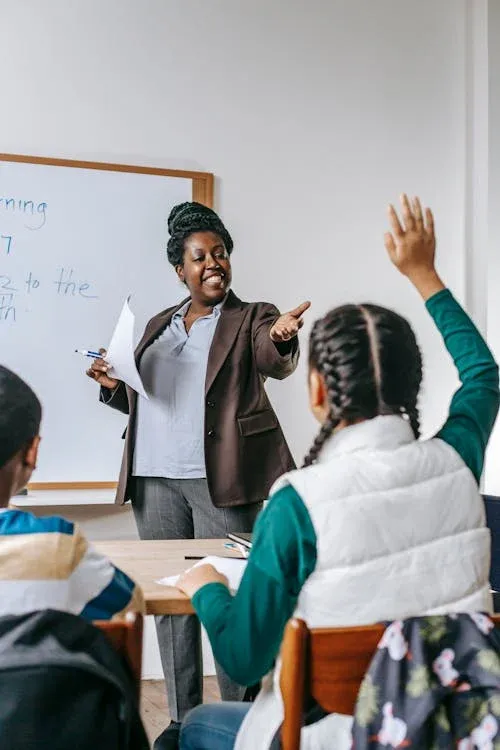 Katerina Holmes on Pexels
Katerina Holmes on Pexels
A child who asks many questions may be trying to figure out “why” things work the way they do. Naturally curious people are often eager learners who want to get more out of their actions. They might learn better in a place where they can explore and talk about things more.
7. They have trouble staying organized
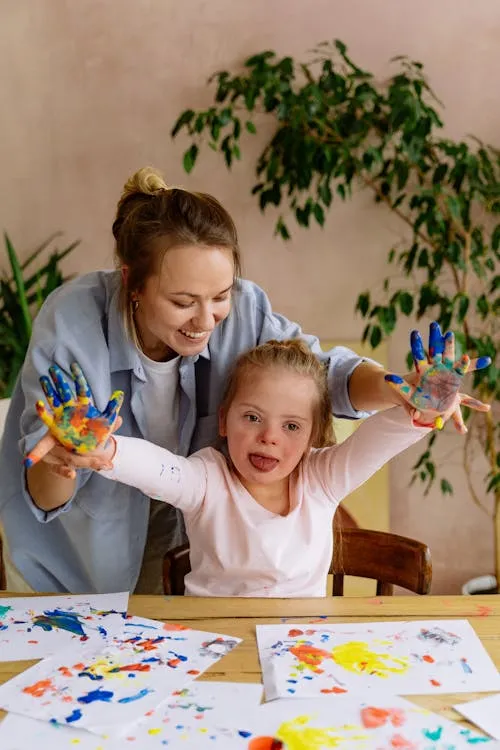 Antoni Shkraba on Pexels
Antoni Shkraba on Pexels
If your child needs help keeping their things in order or doing their work in an organized way, they might not do well in a place that stresses strict organization. They may need to be able to change how information is presented and put together more efficiently. This happens a lot to kids who learn in an artistic or less structured way.
8. Moving around helps them learn best
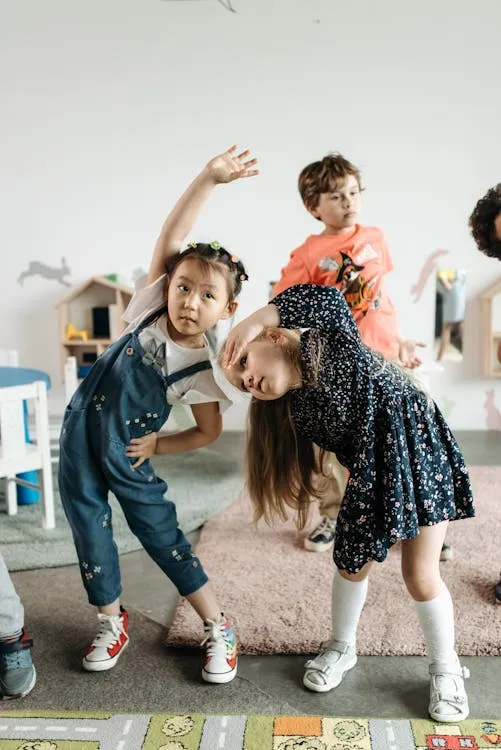 Pavel Danilyuk on Pexels
Pavel Danilyuk on Pexels
If your kid can concentrate better when standing, walking, or wiggling, they might learn best through movement. These kids often need to move around to understand better and remember what they have learned. Moving around, like using a standing desk or stretching during breaks, can help them concentrate.
9. It’s hard for them to stay still
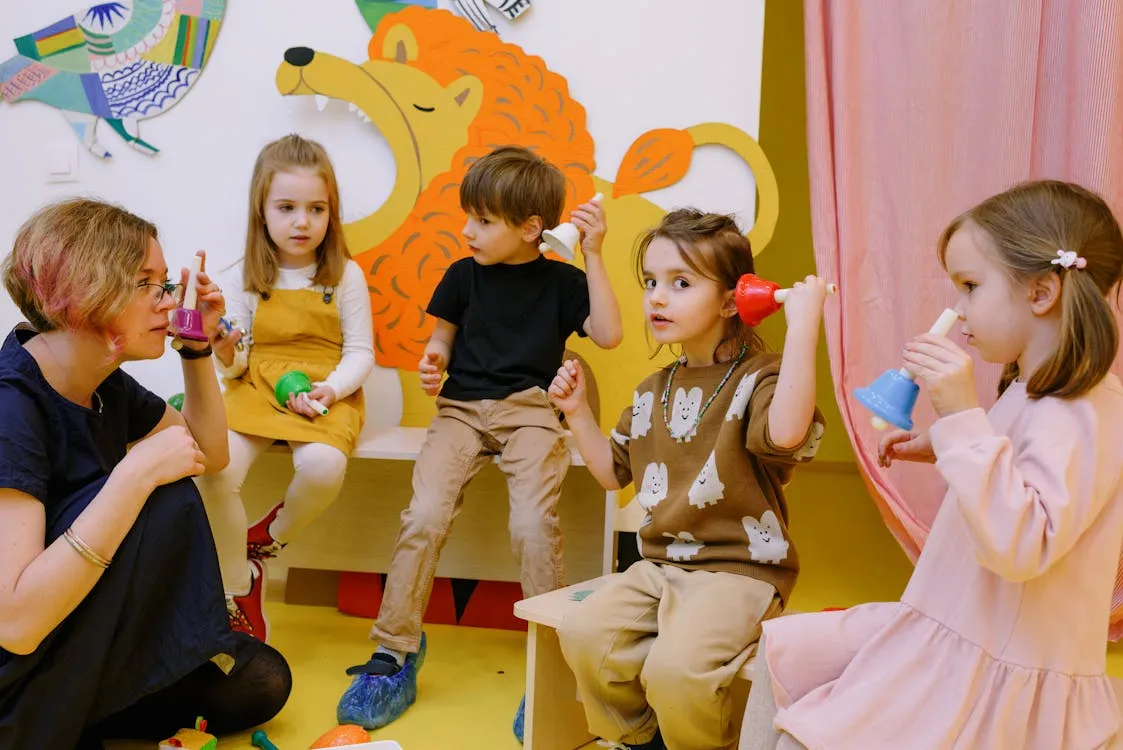 Ksenia Chernaya on Pexels
Ksenia Chernaya on Pexels
This is because a constantly moving child might be unable to concentrate unless they do something physical. Some kids are naturally active, but that could also mean they need a more active place to learn. Giving them hands-on tasks can help them use their energy helpfully.
10. Time-sensitive tasks take work for them
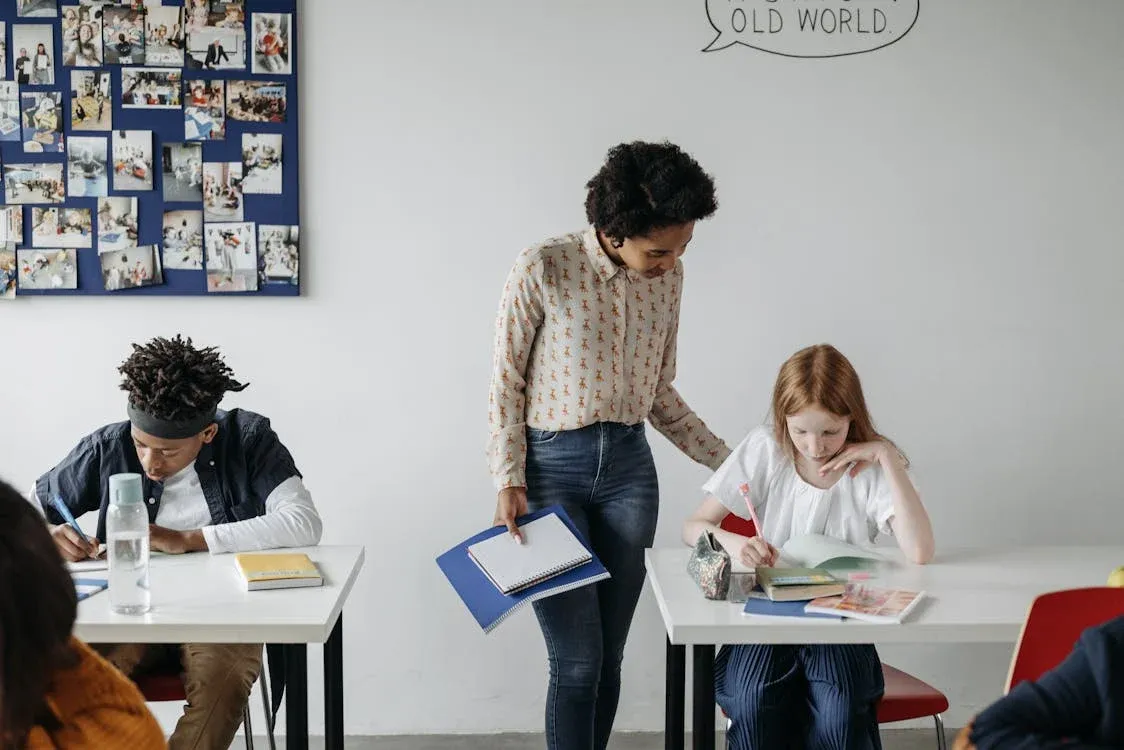 Pavel Danilyuk on Pexels
Pavel Danilyuk on Pexels
If your child has trouble keeping track of time or finishing chores on time, it could mean that they do things differently. They may need more time to fully grasp ideas or have trouble with traditional tasks that have due dates. They might do better if you give them open-ended jobs or break bigger tasks into smaller ones.
11. They’re very creative
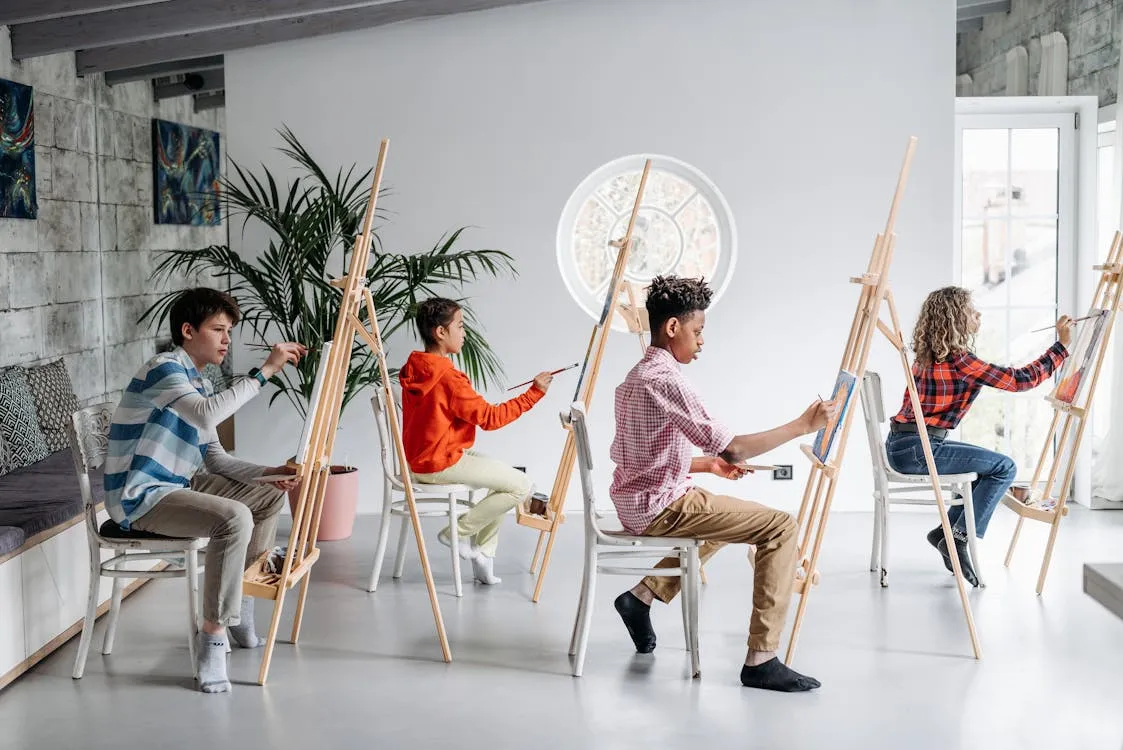 Pavel Danilyuk on Pexels
Pavel Danilyuk on Pexels
If a child’s mind is very creative and imaginative, they might only sometimes do well in standard school settings that emphasize structure and logic. Creative students often think outside the box and might find problem-solving or abstract thought more interesting than memorizing facts by heart. Supporting their skills can be done by encouraging artistic or project-based learning.
12. They like telling stories and telling tales
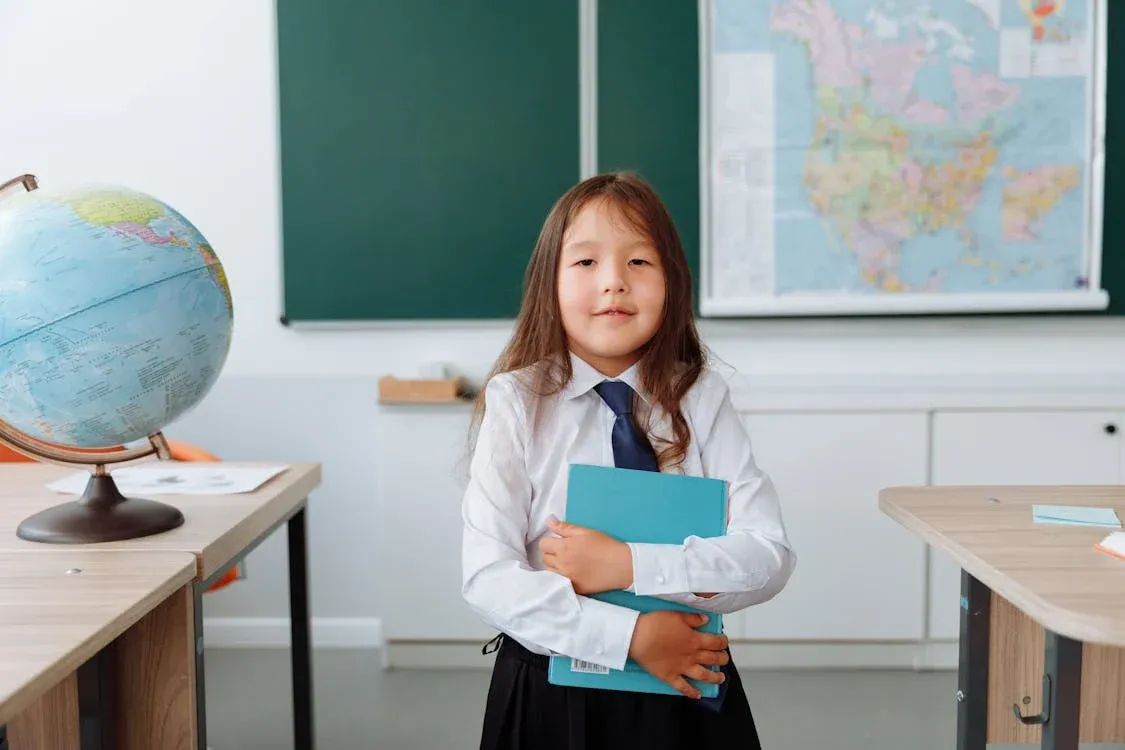 Thirdman on Pexels
Thirdman on Pexels
Your child may be an oral or verbal learner if they understand ideas better when told in a story. It helps these kids remember and be interested in what they are learning when it is said in the form of a story. They can learn more if you tell them stories or casually talk about things.
13. Too much information makes them feel stressed
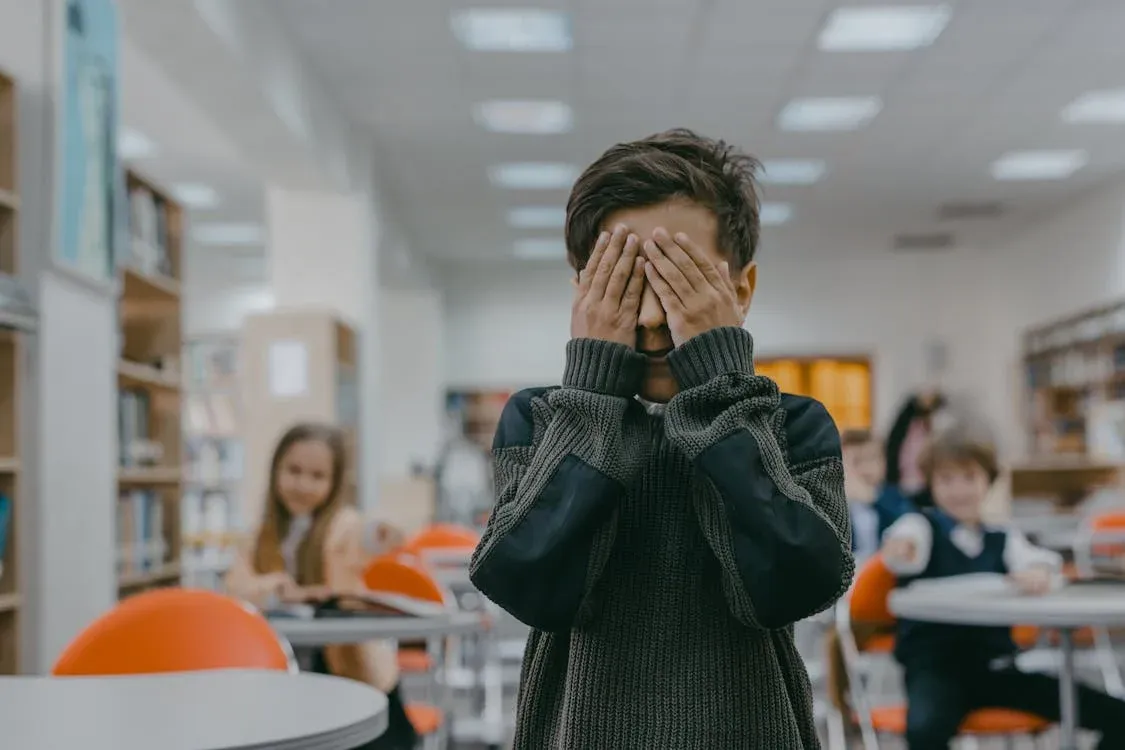 Mikhail Nilov on Pexels
Mikhail Nilov on Pexels
If a child gets stressed or overloaded when given a lot of information, they might need help to handle it all at once. They may need the knowledge to be given more slowly or broken into smaller pieces. Adjusting the speed of the lesson to their level of understanding can significantly improve their capacity to remember things.
14. Repetition helps them understand ideas
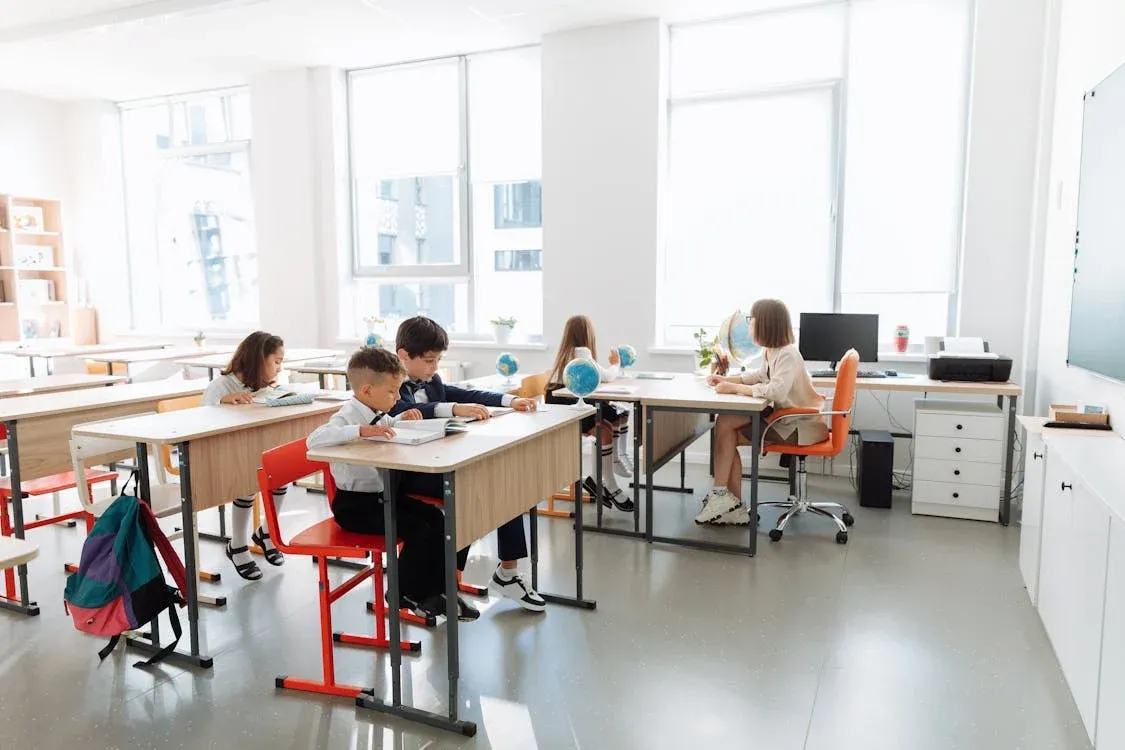 Thirdman on Pexels
Thirdman on Pexels
Your child may need more time with some learning tools if they need to practice them more than once or go over things more than once before fully understanding them. Some kids need to practice things with their hands to remember them. Review sessions and cumulative tasks can help students remember what they have learned.
15. They work great in the real world
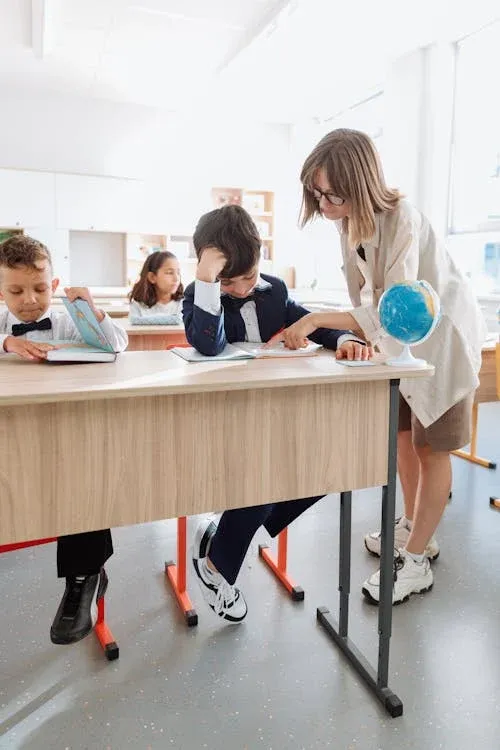 Thirdman on Pexels
Thirdman on Pexels
A child who does well with real-world applications might need help with more abstract or theoretical lessons. They might learn best when they see how ideas fit into their current life or help them reach their long-term goals. Giving them real-world experiences, like jobs or project-based learning, might help them do well.
16. They have trouble with standard tests
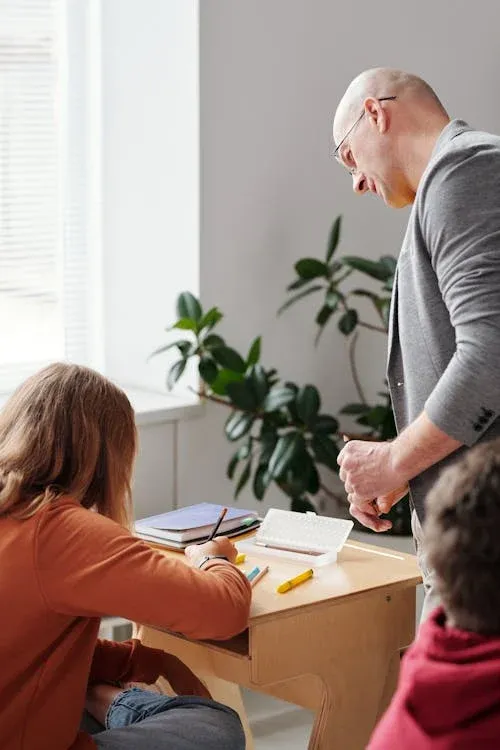 Max Fischer on Pexels
Max Fischer on Pexels
Your child may need help with regular or standardized tests because how they learn needs to work better with how the tests are set up. Children who learn best by doing or thinking visually might need to improve in areas where writing tests are the most important thing. They might be able to show better what they know through different assessments, like projects or oral talks.
17. They would work alone instead
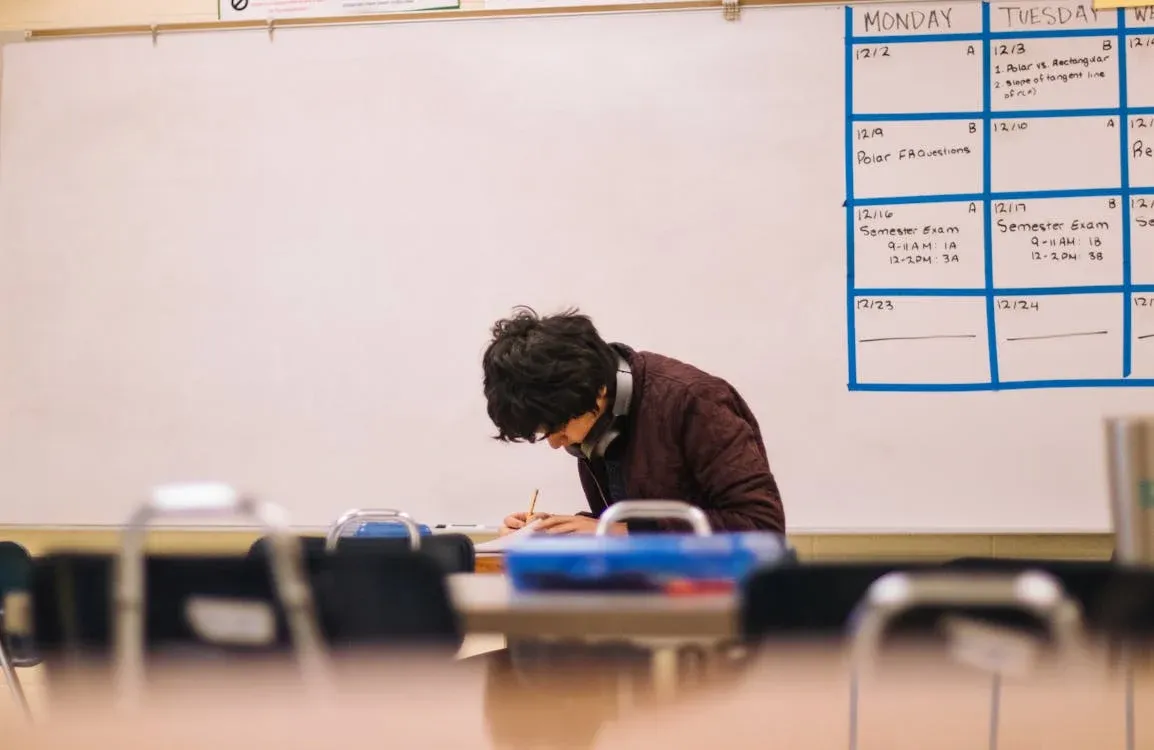 Jeswin Thomas on Pexels
Jeswin Thomas on Pexels
Some kids like to work alone and might get bored or angry when they’re with other kids. Concentrating on their own could help them better process knowledge. You might give them quiet places to learn alone or help one-on-one.
18. They learn by exploring and finding new things
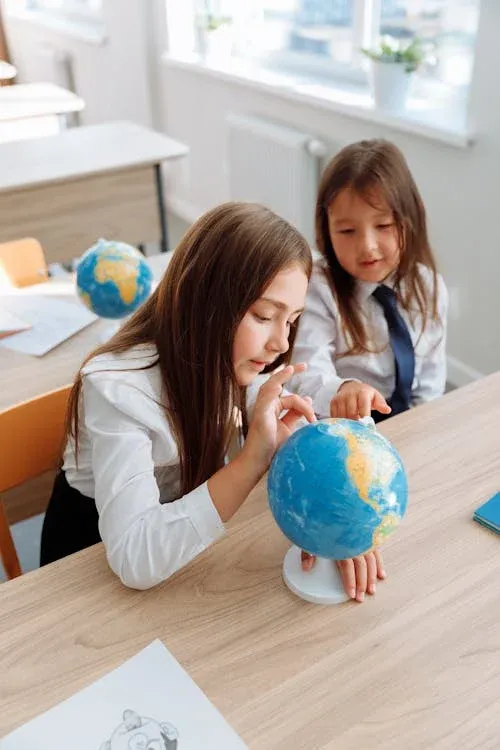 Thirdman on Pexels
Thirdman on Pexels
Your child may be an experiential student if they like to explore new places, figure things out independently, or try new ways of doing things. They do better when they are not given all the answers but are allowed to learn by making mistakes. They can grow if you create a learning space encouraging them to explore.
19. They have trouble thinking about things in a general way
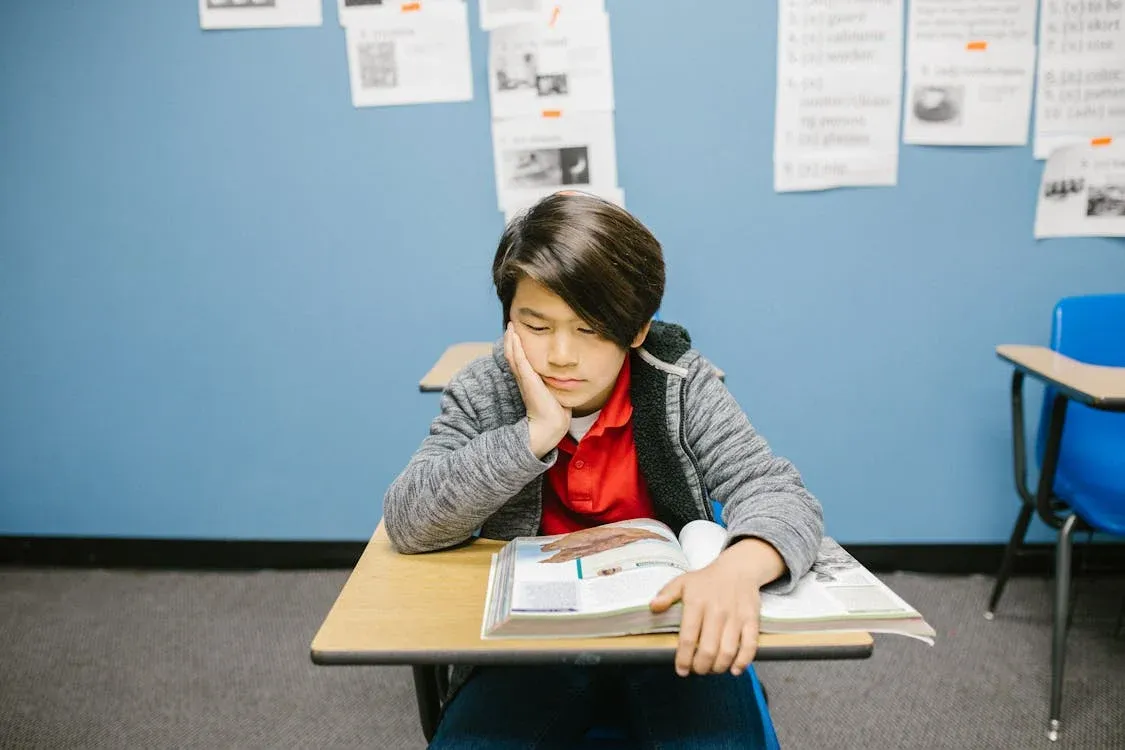 RDNE Stock project on Pexels
RDNE Stock project on Pexels
If a child needs help thinking about things in a general way, they might find it hard to understand more vague lessons without real-life examples. They might need to see ideas in more concrete ways to understand them. To help close the gap, you can use physical models, demonstrations, or hands-on exercises.
20. They say what they like about certain activities or subjects
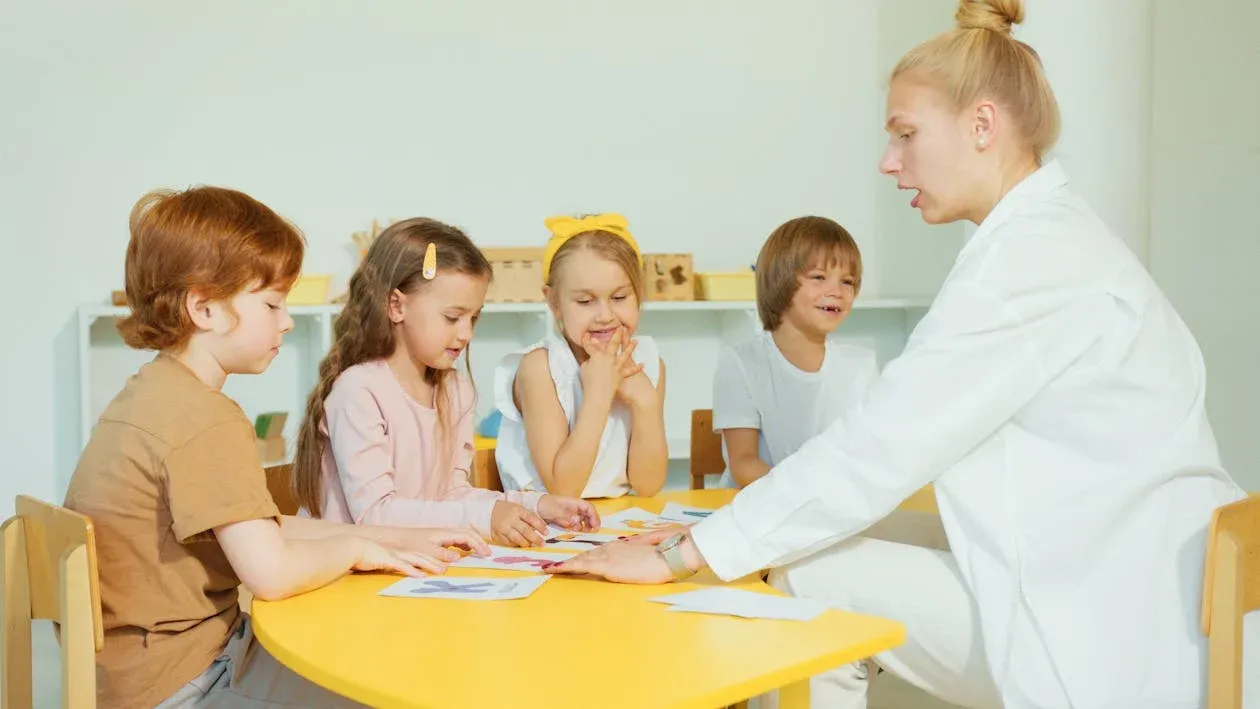 Artem Podrez on Pexels
Artem Podrez on Pexels
It could show how your child learns best if they are always interested in the same subjects or crafts. They might like reading, making art, or building things. This shows what they want and are good at, supporting and letting them explore their interests can help them find their unique learning way.